When considering digital marketing, it's common to focus solely on leading platforms like Google and Meta. However, this approach limits your marketing strategy, instead - diversifying across various platforms significantly enhances the overall success of a program. Among these opportunities, Pinterest emerges as a powerhouse, boasting over 450 million monthly active users globally. The visually driven platform serves as a haven for inspiration and discovery, making it a prime space for businesses to showcase their products and services through advertising.
Understanding Pinterest Advertising
Pinterest, a visual social media platform, enables users to explore images and videos aligned with their interests, saving them onto digital bulletin boards by topic. Known as "pins," these saved images or videos often originate from blogs, while Pinterest ads typically direct users to e-commerce websites. Users can curate their boards or navigate to linked websites for further exploration. Additionally, users engage with each other's boards and pins, potentially following based on shared interests.
Particularly useful for businesses in sectors like fashion, home decor, food, and crafts, Pinterest's focus on visual content facilitates the showcasing of products and ideas in an inspiring manner. Through strategies such as pin optimization, board curation, and leveraging Pinterest's tools, businesses can effectively engage with its vast and committed user base. Many users utilize the platform for product discovery and purchases. Ultimately, Pinterest marketing presents brands with a distinctive opportunity to cultivate awareness, drive conversions, and nurture enduring relationships with their target audience.
The Dos:
Focus on High-Quality Visuals: Pinterest is a visual-centric platform, so invest in eye-catching images and graphics that resonate with your target audience. High-resolution, vertically oriented pins tend to perform best, capturing users' attention as they scroll through their feeds.
Optimize Pin Descriptions and Keywords: Craft compelling pin descriptions that not only describe your product but also incorporate relevant keywords and hashtags. This helps improve the discoverability of your pins and ensures they reach users actively searching for similar content.
Utilize Rich Pins: Take advantage of Pinterest's Rich Pins feature to provide additional context and information about your products, such as pricing, availability, and direct links to your website. Rich Pins enhance the user experience and streamline the path to purchase.
Leverage Pinterest Analytics: Regularly monitor Pinterest Analytics to gain insights into the performance of your pins and campaigns. Analyze metrics such as impressions, clicks, and saves to refine your advertising strategy and optimize your content for better results.
Embrace Seasonality: Align your advertising efforts with seasonal trends and holidays to capitalize on heightened consumer interest. Create themed boards and promotions that resonate with the current cultural moment, driving engagement and sales.
The Don'ts:
Avoid Overly Promotional Content: Balancing promotional content with inspiring, value-driven pins is crucial. Overly salesy content risks alienating users, and diminishing brand credibility. Pinterest users value authenticity and creativity, so focus on providing value through inspiring content.
Steer Clear of Low-Quality Images: Blurry, pixelated images can detract from the user experience and undermine the credibility of your brand. Invest the time and resources necessary to create visually appealing pins that leave a lasting impression on your audience.
Mind Pinterest SEO: Neglecting Pinterest SEO can limit the discoverability of your pins and hinder your advertising efforts. Take the time to optimize your pins with relevant keywords, descriptions, and metadata to improve their visibility in search results.
Refine Targeting Strategies: Precision targeting is key to reaching the right audience on Pinterest. Avoid casting too wide a net with your advertising campaigns and instead focus on targeting users who are likely to be interested in your products based on their interests, behaviors, and demographics.
Don't Neglect Mobile Optimization: With the majority of Pinterest users accessing the platform via mobile devices, it's essential to ensure that your pins and landing pages are optimized for mobile viewing. A seamless mobile experience enhances user engagement and increases the likelihood of conversion.
Advertising on Pinterest offers businesses a unique opportunity to connect with consumers in a visually engaging and compelling way. By following these guidelines and best practices, marketers can maximize the impact of their advertising efforts on Pinterest, driving brand awareness, engagement, and ultimately, conversions. Remember, success on Pinterest lies in creating content that resonates with users and adds value to their Pinterest experience. Reach out to Revel if you are interested in learning more, and pin it to win it!
Photo: © Brett Jordan

